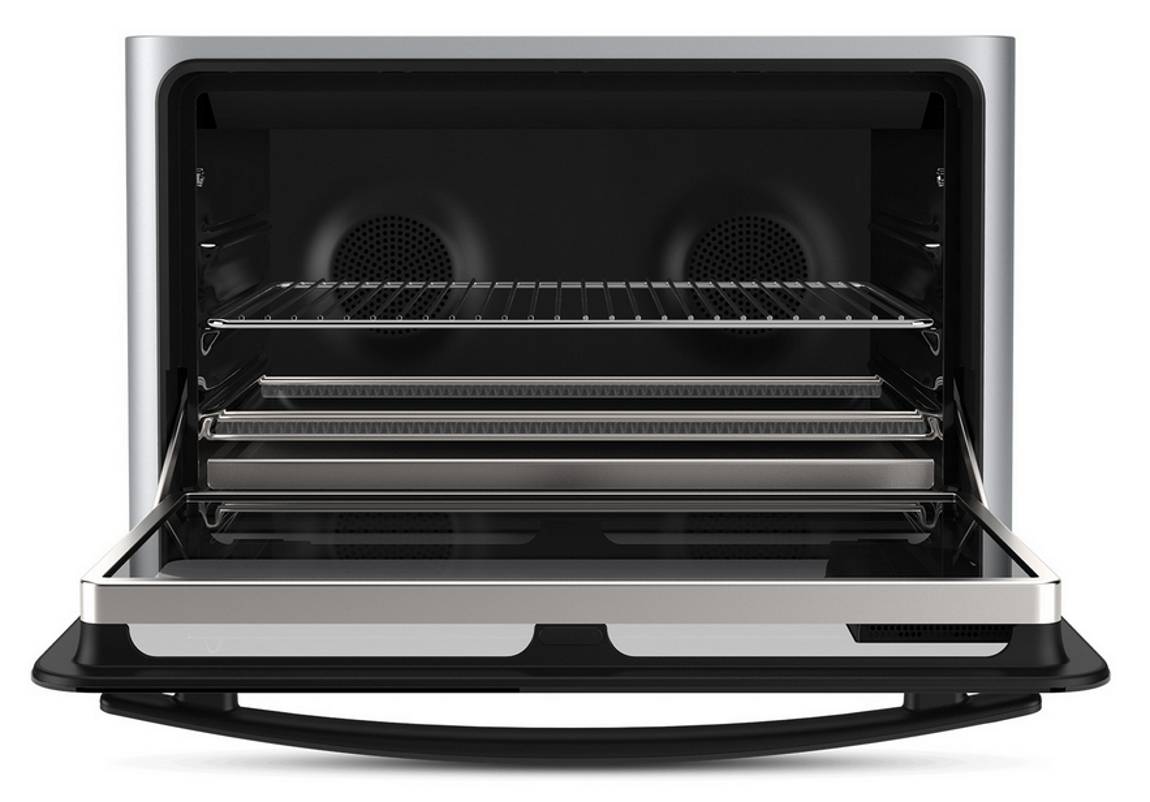How to Troubleshoot Wireless Problems
If you have a Wi-Fi network at home, you know how frustrating it can be when it goes down. And as always, Murphy’s Law applies here as well: the network will always go down when you’re trying to send an important email, or when you try to access a key online service.
Common Wi-Fi network issues include the lack of a wireless connection, frequent signal dropouts, no Internet access despite having an active Wi-Fi connection, or no VPN access despite having Wi-Fi and Internet access. Read this guide to discover all the needed steps that will help you troubleshoot any wireless problem.
Begin by checking if wireless radio is turned on. Some tablets have a special switch that can enable or disable Wi-Fi. Before trying the software route, it’s best to check if the Wi-Fi switch wasn’t pushed accidentally.

If you are using a Wi-Fi USB adapter, make sure it’s plugged in properly. Remove it, and then plug it back again. If this doesn’t work, try using a different USB port. If you go this route, you may have to reinstall the driver, but fortunately most modern adapters are truly plug-and-play, so you won’t need to dust off the installation CD.
Sometimes, your device’s wireless radio may have been turned off by a third-party app, or even by the OS itself. Yes, some of the power management settings that can be found in most laptops and even a few of the more advanced smartphones can disable the Wi-Fi chip, with the goal of saving power.
For tablets and smartphones, be sure to check if Wi-Fi is still enabled within the “Settings” menu. It’s easy to deactivate it by mistake, especially if you allow other people to use your device every now and then.

What about frequent signal dropouts? It is a known fact that walls, metal objects, and even plain furniture will affect wireless signal strength. In addition to this, there are many electronics – wireless phones and microwave ovens, for example – which can significantly diminish Wi-Fi power, turning a good network into a poor one.
To fix that issue, try moving the router towards the center of your house. An alternative idea, and one that works even better most of the time, is to replace the existing Wi-Fi antennas. This will only work if your router has detachable antennas, of course.
Sometimes, the solution to all your problems is only 30 seconds away, though. That’s how much it takes to unplug the router, wait for 10 seconds, and then plug it back in. The router will need a few dozens of seconds to reload its operating system, of course, but then it should resume its normal operation, in case that an electrical disturbance has caused problems.

Your network may also fail because the Wi-Fi card isn’t using the proper drivers. They may be outdated, or a new driver may have caused problems, rather than fixing them. Or maybe you’ve just updated the router to the latest firmware version, and now it doesn’t work as it used to.
If this is the case, you should visit the manufacturer’s website every few days. If we are talking about a faulty driver or router firmware, chances are you aren’t the only person that’s been affected. This means that the manufacturer is (hopefully) working at a new driver or update, and will release it as quickly as possible, in order to keep its clients satisfied.



